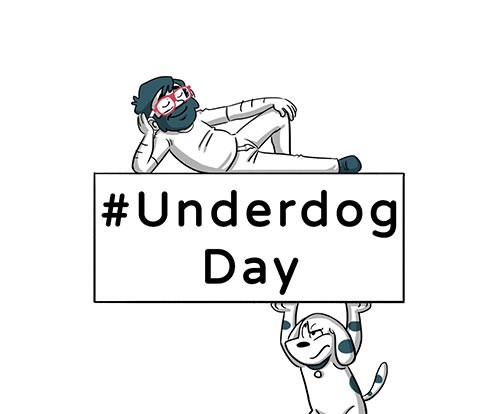Pulling consumers with push notifications: Hit or miss?
Brand experts say that personalization has to take into account predictability to avoid notifications that can turn into irritations
Intended to ‘push’ users to take immediate action, push notifications often float on lock screens, only to be dismissed with a swipe. Brands have to truly go the extra mile to make the ‘ping’ count and convert. The quest to capture attention and drive action leads to various hits and misses.

Quick commerce and food delivery apps are well-known for reminding people to eat on time and suggesting the best deals on their favourite orders. However, sometimes, push notifications truly ‘push’ consumers — away.
Recently, a quick delivery app found its way into headlines for cheekily reminding a user to buy contraceptive pills, a product they had not previously purchased on the app. After the user took to LinkedIn to share their experience, the brand replied with steps it’s taking to rectify the mistake and ensure continued brand trust. These included correcting the issue, updating the processes and retraining the team.

Though the quick delivery app was quick to respond and act, the critical question looms at large: How can brands use push notifications without being intrusive, annoying or creepy?
“Every push notification is annoying and intrusive unless it’s about something that your audience is interested in or is looking for. It is meant to be used as a tool to reach specific audiences within a context,” says Chandramouli Nilakantan, CEO, TRA Research, explaining that push notifications should be informational and contextual.
Adding to the conversation around contextualisation, Preetham Venkky, Chief Digital Officer, DDB Mudra Group, asserts the importance of predictability.
He says, “While every notification is personalized, algorithms need to predict the needs and wants of the user in the next 30 minutes. Personalization is insufficient without predictability. It’s the latter that gets brands the results.”
There are, of course, exceptions. “Brands dealing with intimate categories like personal care and grooming or health-related products cannot indulge in this practice as it would come off as creepy. However, a brand reminding users to re-order biryani or informing them about a new flavour of ice cream would likely be appreciated,” he adds.
Push notifications have two components: Copy that engages and CTA that drives the user to take action. Often, push notifications focus on the former only, making it inefficient. “The notification must take the user one step further in the buying process. Brands should create landing pages and redirect users to those specifically for easier conversions,” says Venkky.





